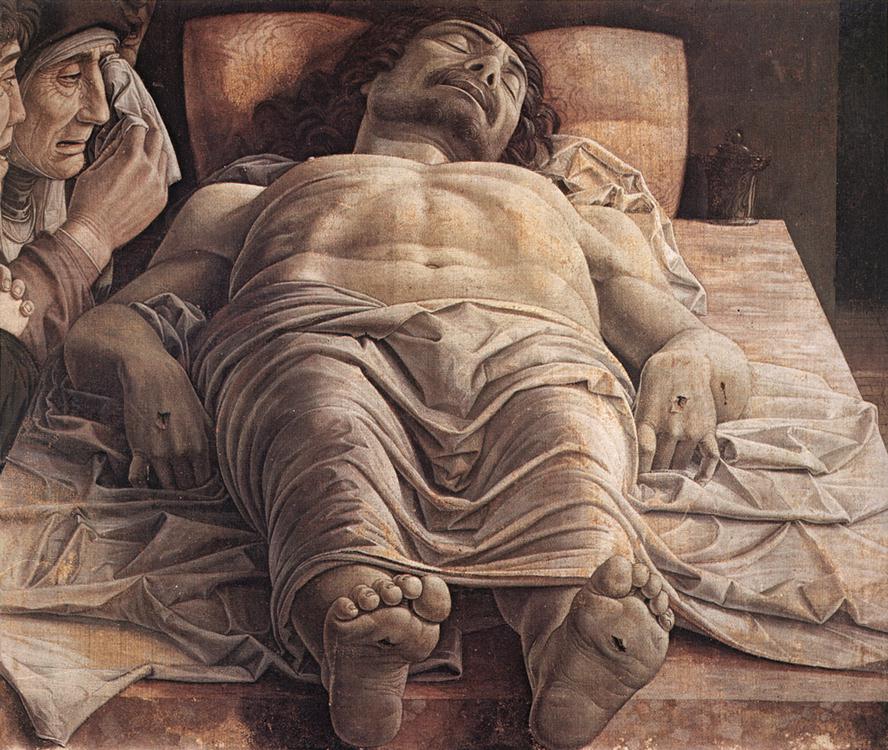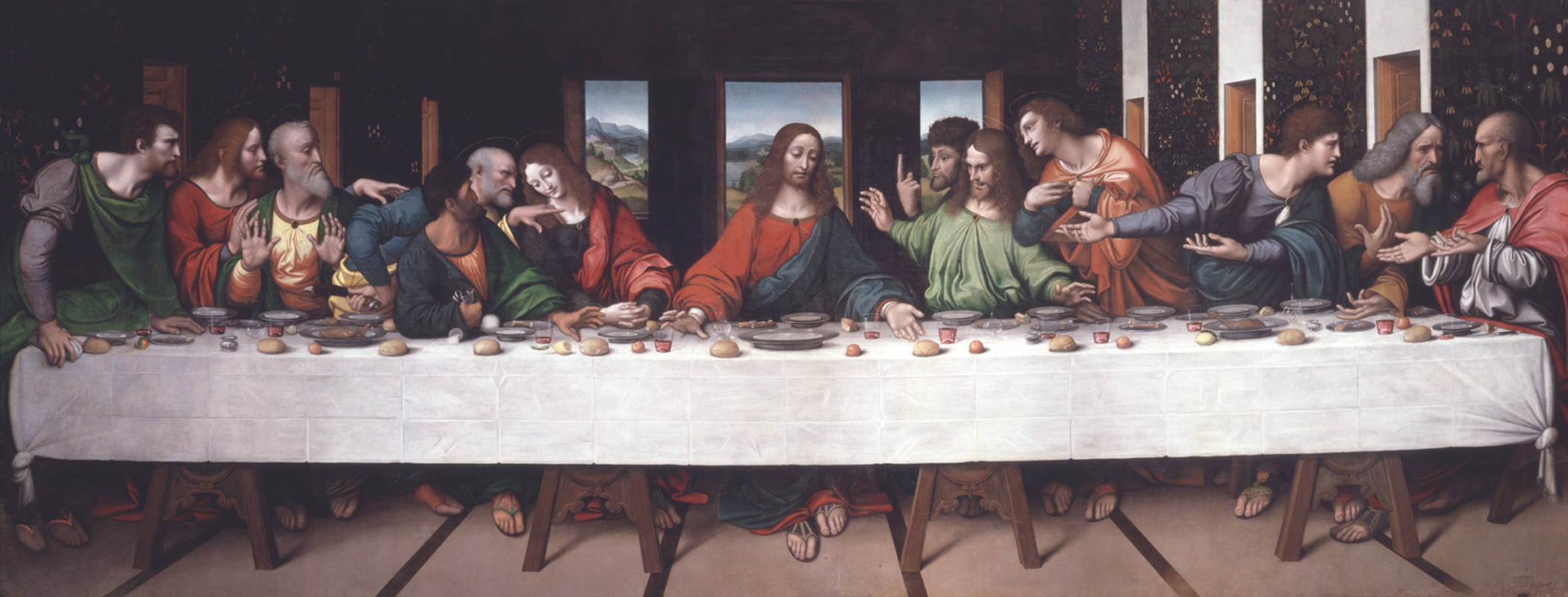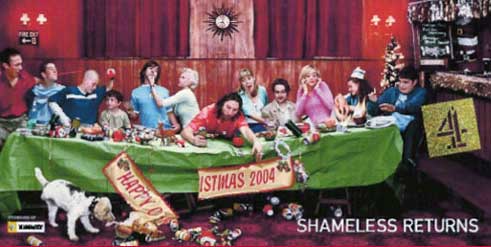Muslims for example, are not allowed to portray people or anything created by God. Islamic artists usually therefore produce calligraphy based art or geometric patterns. Abstract art is not a representation of an icon so is therefore acceptable too. A Buddhist statue was demolished in Afghanistan because of the Islamic view on this.

The Dead Christ by Mantegna shows a depiction of Jesus Christ after his crucifixion. Painting religious characters was very common in Christianity in the renaissance period in Europe. Christian artists celebrated their religion by painting scenes from the bible, they were not restricted in what they painted by the concept of aniconism.

Michelangelo represented God as an aged human in the Sistine Chapel reaching out to Adam. This depiction of god would not be allowed in certain religions.
.jpg)
In Hinduism, the deities are sometimes drawn or sculpted as nudes. This would have been repressed in Christianity throughout previous centuries.
Many controversial artworks have been criticized because they can be offensive to a culture or a belief system. Andreas Serano's Piss Christ image is an example of this controversy. The image raised a lot of protests and complaints by Christians who found it offensive. The image was attacked with a hammer because of one man's anger, provoked by the concept of the work.
.jpg)
Da Vinci's Last Supper painting was recreated for the TV show Shameless in 2004 which was also seen as controversial to Christians.



This scene from the bible has also been used by Renee Cox in her self portrait titled: Yo Mama's Last Supper. In this work, she compares herself to Jesus Christ which may cause some Christians to be offended. The nudity may also be controversial to some audiences.

No comments:
Post a Comment